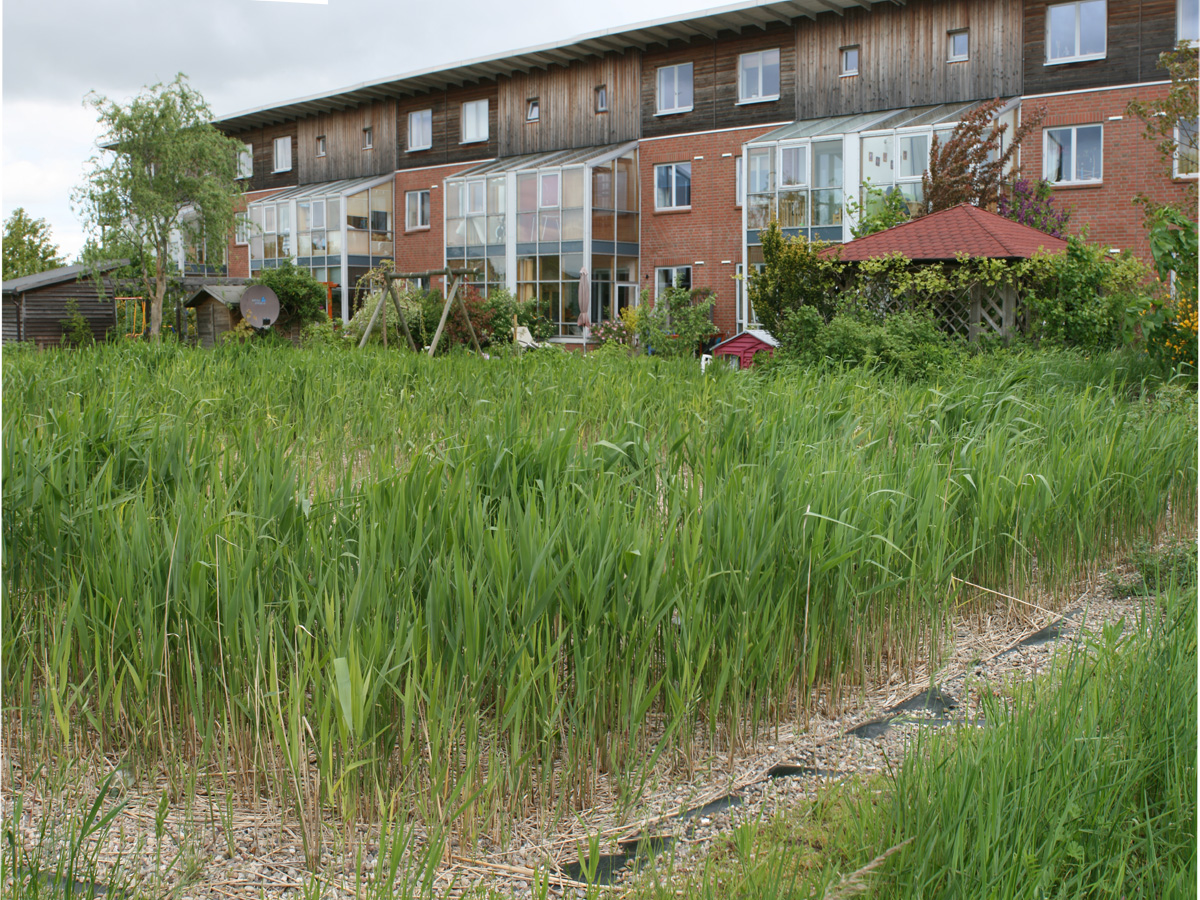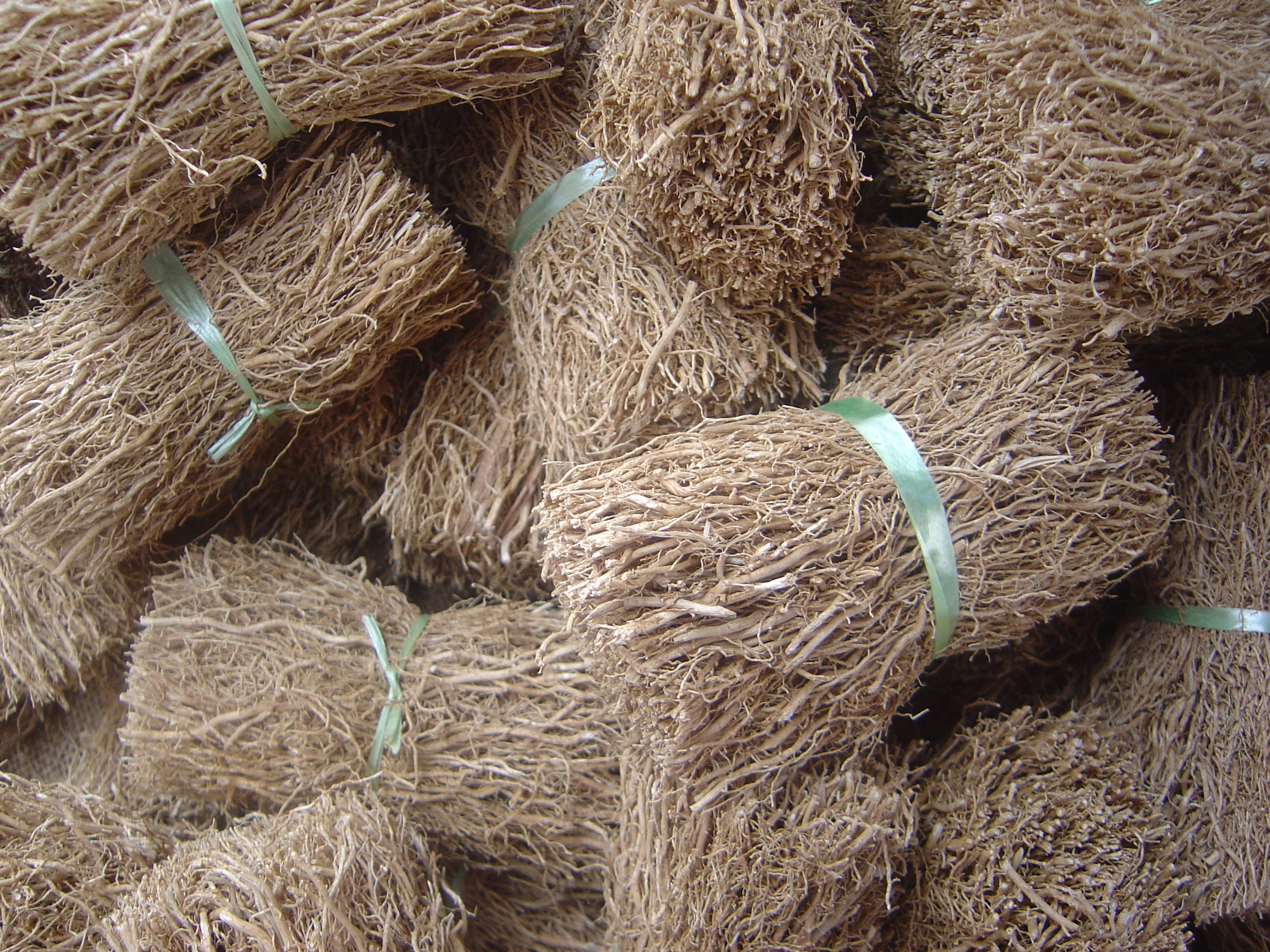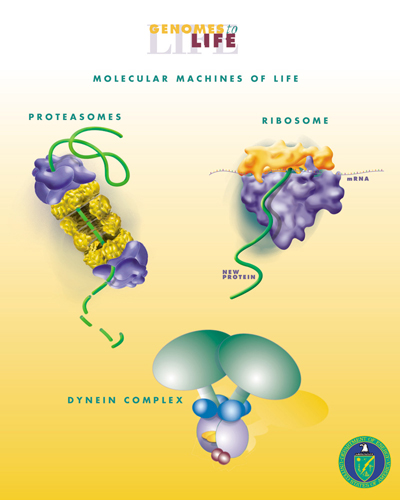|
Vetiver System
The Vetiver System (VS) is a system of soil and water conservation whose main component is the use of the vetiver plant in hedgerows. It is promoted by the Vetiver Network International (TVNI), an international non-governmental organization. The Vetiver System is used in more than 100 countries for soil and water conservation, infrastructure stabilization, pollution control, waste water treatment, mitigation and rehabilitation, sediment control, prevention of storm damage and other environmental protection applications (through bioengineering and phytoremediation). Utility The vetiver plant, ''Chrysopogon zizanioides'', is the main component to all Vetiver System bioengineering and conservation applications. It can be used in the tropics and semi-tropics, and areas that have a Mediterranean climate where there are hot summers, and winters are temperate. When Vetiver is planted as a hedgerow across a slope, it forms a dense vegetative barrier that slows and spreads rainfall runo ... [...More Info...] [...Related Items...] OR: [Wikipedia] [Google] [Baidu] |
Soil Conservation
Soil conservation is the prevention of loss of the topmost layer of the soil from erosion or prevention of reduced fertility caused by over usage, Soil acidification, acidification, salinization or other chemical soil contamination Slash-and-burn and other unsustainable methods of subsistence farming are practiced in some lesser developed areas. A consequence of deforestation is typically large-scale erosion, loss of soil nutrients and sometimes total desertification. Techniques for improved soil conservation include crop rotation, cover crops, Tillage#Conservation tillage, conservation tillage and planted windbreaks, affect both erosion and fertility. When plants die, they decay and become part of the soil. Code 330 defines standard methods recommended by the U.S. Natural Resources Conservation Service. Farmers have practiced soil conservation for millennia. In Europe, policies such as the Common Agricultural Policy are targeting the application of best management practices suc ... [...More Info...] [...Related Items...] OR: [Wikipedia] [Google] [Baidu] |
Hedgerow
A hedge or hedgerow is a line of closely spaced (3 feet or closer) shrubs and sometimes trees, planted and trained to form a barrier or to mark the boundary of an area, such as between neighbouring properties. Hedges that are used to separate a road from adjoining fields or one field from another, and are of sufficient age to incorporate larger trees, are known as hedgerows. Often they serve as windbreaks to improve conditions for the adjacent crops, as in bocage country. When clipped and maintained, hedges are also a simple form of topiary. A hedge often operates as, and sometimes is called, a "live fence". This may either consist of individual fence posts connected with wire or other fencing material, or it may be in the form of densely planted hedges without interconnecting wire. This is common in tropical areas where low-income farmers can demarcate properties and reduce maintenance of fence posts that otherwise deteriorate rapidly. Many other benefits can be obtained d ... [...More Info...] [...Related Items...] OR: [Wikipedia] [Google] [Baidu] |
Stolon
In biology, a stolon ( from Latin ''wikt:stolo, stolō'', genitive ''stolōnis'' – "branch"), also known as a runner, is a horizontal connection between parts of an organism. It may be part of the organism, or of its skeleton. Typically, animal stolons are exoskeletons (external skeletons). In botany In botany, stolons are plant stems which grow at the soil surface or just below ground that form adventitious roots at the Node (botany), nodes, and new plants from the buds. Stolons are often called runners. Rhizomes, in contrast, are root-like stems that may either grow horizontally at the soil surface or in other orientations underground. Thus, not all horizontal stems are called stolons. Plants with stolons are called stoloniferous. A stolon is a plant propagation strategy and the complex of individuals formed by a mother plant and all its Cloning, clones produced from stolons form a single genetic individual, a genet (biology), genet. Morphology Stolons may have long or shor ... [...More Info...] [...Related Items...] OR: [Wikipedia] [Google] [Baidu] |
Tiller (botany)
A tiller is a shoot that arises from the base of a grass plant. The term refers to all shoots that grow after the initial parent shoot grows from a seed. Tillers are segmented, each segment possessing its own two-part leaf. They are involved in vegetative propagation and, in some cases, also seed production. "Tillering" refers to the production of side shoots and is a property possessed by many species in the grass family. This enables them to produce multiple stems (tillers) starting from the initial single seedling. This ensures the formation of dense tufts and multiple seed heads. Tillering rates are heavily influenced by soil water quantity. When soil moisture is low, grasses tend to develop more sparse and deep root systems (as opposed to dense, lateral systems). Thus, in dry soils, tillering is inhibited: the lateral nature of tillering is not supported by lateral root growth. See also *Crown (botany) The crown of a plant is the total of an individual plant's abovegro ... [...More Info...] [...Related Items...] OR: [Wikipedia] [Google] [Baidu] |
Vegetative Propagation
Vegetative reproduction (also known as vegetative propagation, vegetative multiplication or cloning) is a form of asexual reproduction occurring in plants in which a new plant grows from a fragment or cutting of the parent plant or specialized reproductive structures, which are sometimes called vegetative propagules. Many plants naturally reproduce this way, but it can also be induced artificially. Horticulturists have developed asexual propagation techniques that use vegetative propagules to replicate plants. Success rates and difficulty of propagation vary greatly. Monocotyledons typically lack a vascular cambium, making them more challenging to propagate. Plant propagation Plant propagation is the process of plant reproduction of a species or cultivar, and it can be sexual or asexual. It can happen through the use of vegetative parts of the plants, such as leaves, stems, and roots to produce new plants or through growth from specialized vegetative plant parts. While ... [...More Info...] [...Related Items...] OR: [Wikipedia] [Google] [Baidu] |
South India
South India, also known as Southern India or Peninsular India, is the southern part of the Deccan Peninsula in India encompassing the states of Andhra Pradesh, Karnataka, Kerala, Tamil Nadu and Telangana as well as the union territories of Lakshadweep and Puducherry, occupying 19.31% of India's area () and 20% of India's population. It is bound by the Bay of Bengal in the east, the Arabian Sea in the west and the Indian Ocean in the south. The geography of the region is diverse, with two mountain ranges, the Western and Eastern Ghats, bordering the plateau heartland. The Godavari, Krishna, Kaveri, Penna, Tungabhadra and Vaigai rivers are important non-perennial sources of water. Chennai, Bengaluru, Hyderabad, Coimbatore and Kochi are the largest urban areas in the region. The majority of the people in South India speak at least one of the four major Dravidian languages: Telugu, Tamil, Kannada and Malayalam. During its history, a number of dynastic kingdoms ruled ove ... [...More Info...] [...Related Items...] OR: [Wikipedia] [Google] [Baidu] |
Constructed Wetland
A constructed wetland is an artificial wetland to treat sewage, greywater, stormwater runoff or Industrial wastewater treatment, industrial wastewater. It may also be designed for land reclamation after mining, or as a Flood mitigation, mitigation step for natural areas lost to land development. Constructed wetlands are engineered systems that use the natural functions of vegetation, soil, and organisms to provide secondary treatment to wastewater. The design of the constructed wetland has to be adjusted according to the type of wastewater to be treated. Constructed wetlands have been used in both centralized and decentralized wastewater systems. Primary treatment is recommended when there is a large amount of suspended solids or soluble organic matter (measured as biochemical oxygen demand and chemical oxygen demand). Similar to natural wetlands, constructed wetlands also act as a biofilter and/or can remove a range of pollutants (such as organic matter, Nutrient pollution, nutri ... [...More Info...] [...Related Items...] OR: [Wikipedia] [Google] [Baidu] |
Surface Runoff
Surface runoff (also known as overland flow or terrestrial runoff) is the unconfined flow of water over the ground surface, in contrast to ''channel runoff'' (or ''stream flow''). It occurs when excess rainwater, stormwater, meltwater, or other sources, can no longer sufficiently rapidly infiltrate in the soil. This can occur when the soil is #Saturation excess overland flow, saturated by water to its full capacity, and the rain arrives #Infiltration excess overland flow, more quickly than the soil can absorb it. Surface runoff often occurs because wikt:impervious#Adjective, impervious areas (such as roofs and Road surface, pavement) do not allow water to soak into the ground. Furthermore, runoff can occur either through natural or human-made processes. Surface runoff is a major component of the water cycle. It is the primary agent of Soil erosion#Rainfall and runoff, soil erosion by water. The land area producing runoff that drains to a common point is called a drainage basin. ... [...More Info...] [...Related Items...] OR: [Wikipedia] [Google] [Baidu] |
Vetiver System Soil Stabilization Mechanism
''Chrysopogon zizanioides'', commonly known as vetiver and khus, is a perennial bunchgrass of the family Poaceae. Vetiver is most closely related to sorghum while sharing many morphological characteristics with other fragrant grasses, such as lemongrass (''Cymbopogon citratus''), citronella (''Cymbopogon nardus'', ''C. winterianus''), and palmarosa (''Cymbopogon martinii''). Etymology Vetiver is derived from the Tamil () meaning 'root that is dug up', via French . In Northern India it is also called ('grass', not to be confused with , which refers to poppy seed). History During the reign of Harshavardhan, Kannauj became the biggest centre for aromatic trade and for the first time, a vetiver tax was introduced. Starting in 1990, the World Bank promoted use of vetiver grass by farmers for soil and water management in countries like India, Nepal, Thailand, and Nigeria. Description Vetiver grows to high and forms clumps as wide, and under favorable conditions, the erect ... [...More Info...] [...Related Items...] OR: [Wikipedia] [Google] [Baidu] |
Water Conservation
Water conservation aims to sustainably manage the natural resource of fresh water, protect the hydrosphere, and meet current and future human demand. Water conservation makes it possible to avoid water scarcity. It covers all the policies, strategies and activities to reach these aims. Population, household size and growth and affluence all affect how much water is used. Although the terms "water efficiency" and "water conservation" are used interchaneably they are not the same. Water efficiency is a term that refers to the improvements such as the new technology that help with the efficiency and reduction of using water. On the other hand, water conservation is the term for the action of conserving water. In short, water efficiency relates to the development and innovations which help use water more efficiently and water conservation is the act of saving or preserving water. Climate change and other factors have increased pressure on natural water resources. This is especially ... [...More Info...] [...Related Items...] OR: [Wikipedia] [Google] [Baidu] |
Phytoremediation
Phytoremediation technologies use living plants to clean up soil, air and water contaminated with hazardous contaminants. It is defined as "the use of green plants and the associated microorganisms, along with proper soil amendments and agronomic techniques to either contain, remove or render toxic environmental contaminants harmless". The term is an amalgam of the Greek ''phyto'' (plant) and Latin ''remedium'' (restoring balance). Although attractive for its cost, phytoremediation has not been demonstrated to redress any significant environmental challenge to the extent that contaminated space has been reclaimed. Phytoremediation is proposed as a cost-effective plant-based approach of environmental remediation that takes advantage of the ability of plants to concentrate elements and compounds from the environment and to detoxify various compounds without causing additional pollution. The concentrating effect results from the ability of certain plants called hyperaccumulators t ... [...More Info...] [...Related Items...] OR: [Wikipedia] [Google] [Baidu] |
Bioengineering
Biological engineering or bioengineering is the application of principles of biology and the tools of engineering to create usable, tangible, economically viable products. Biological engineering employs knowledge and expertise from a number of pure and applied sciences, such as mass transfer, mass and heat transfer, Kinetics (physics), kinetics, biocatalysts, biomechanics, bioinformatics, separation process, separation and List of purification methods in chemistry, purification processes, bioreactor design, surface science, fluid mechanics, thermodynamics, and polymer science. It is used in the design of medical devices, diagnostic equipment, biocompatible materials, renewable energy, ecological engineering, agricultural engineering, process engineering and catalysis, and other areas that improve the living standards of societies. Examples of bioengineering research include bacteria engineered to produce chemicals, new medical imaging technology, portable and rapid diagnosti ... [...More Info...] [...Related Items...] OR: [Wikipedia] [Google] [Baidu] |







